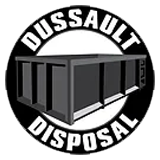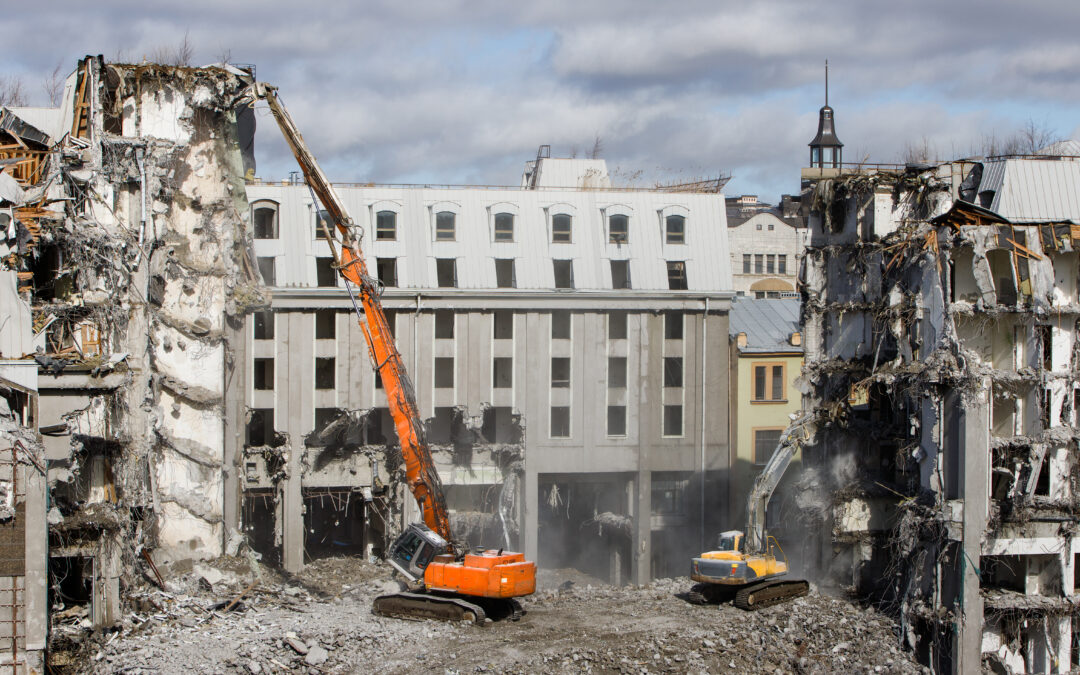When it comes to commercial demolition, a well-thought-out plan is essential to ensure the process runs smoothly, safely, and efficiently. Whether you’re clearing a site for new development or removing an old structure to meet updated zoning regulations, proper planning minimizes risks, controls costs, and keeps your project on schedule. Below, we outline the critical steps for developing a commercial demolition plan.
Conduct a Site Assessment
Before starting a demolition project, a thorough site assessment must be conducted. This includes evaluating the building’s structure, identifying hazardous materials (such as asbestos or lead-based paint), and reviewing site accessibility. A professional demolition team can help assess these factors and develop a strategy to handle any challenges that arise. Companies specializing in demolition services in Wakefield and the surrounding area can guide you through this initial stage and ensure compliance with local regulations.
Obtain Necessary Permits and Approvals
Commercial demolition requires various permits, which differ based on location and project scope. Working with local authorities to obtain necessary approvals ensures compliance with environmental and safety laws. It’s advisable to hire experts who are familiar with the permitting process to prevent unnecessary delays.
Plan for Hazardous Material Removal
Demolishing a commercial structure often involves dealing with hazardous materials. A crucial part of your demolition plan is identifying and safely removing substances like asbestos, mold, and lead-based paint. Engaging certified professionals for hazardous material abatement ensures safety and prevents legal liabilities.
Develop a Waste Management and Recycling Strategy
A strategic waste management plan can help reduce environmental impact and disposal costs. Many demolition materials, such as concrete, metal, and wood, can be recycled or repurposed. Partnering with a demolition service that prioritizes sustainable practices can help maximize recycling efforts and minimize landfill waste.
Establish a Demolition Timeline and Budget
A clear timeline and budget are critical for keeping the project on track. Factors like weather conditions, permit approvals, and waste disposal can affect the timeline, so it’s essential to build flexibility into your plan. A reputable demolition contractor can provide realistic cost estimates and help anticipate potential challenges.
Prepare the Surrounding Area and Notify Stakeholders
Demolition can impact nearby businesses, traffic flow, and pedestrians. Informing stakeholders, including neighboring businesses and the public, about the demolition schedule and potential disruptions can help mitigate concerns. Implementing safety measures like fencing, dust control, and noise reduction strategies will also minimize disturbances.
Execute the Demolition Safely and Efficiently
Once all preparations are complete, the demolition process can begin. Depending on the project, different demolition techniques—such as deconstruction, implosion, or mechanical demolition—may be used. Hiring experienced professionals ensures that the job is completed safely and in compliance with all regulations.
Post-Demolition Site Cleanup and Inspection
After the demolition, a thorough site cleanup is essential to clear debris, dispose of hazardous materials, and prepare the land for its next phase. Conducting a final site inspection ensures that all demolition work meets legal and environmental standards.
A well-planned commercial demolition not only reduces risks but also sets the stage for future development. By partnering with an experienced demolition contractor like Dussault Disposal, businesses can ensure a safe, efficient, and environmentally responsible demolition process. Whether you need assistance with site assessment, waste management, or permit approvals, working with professionals will help make your demolition project a success.


